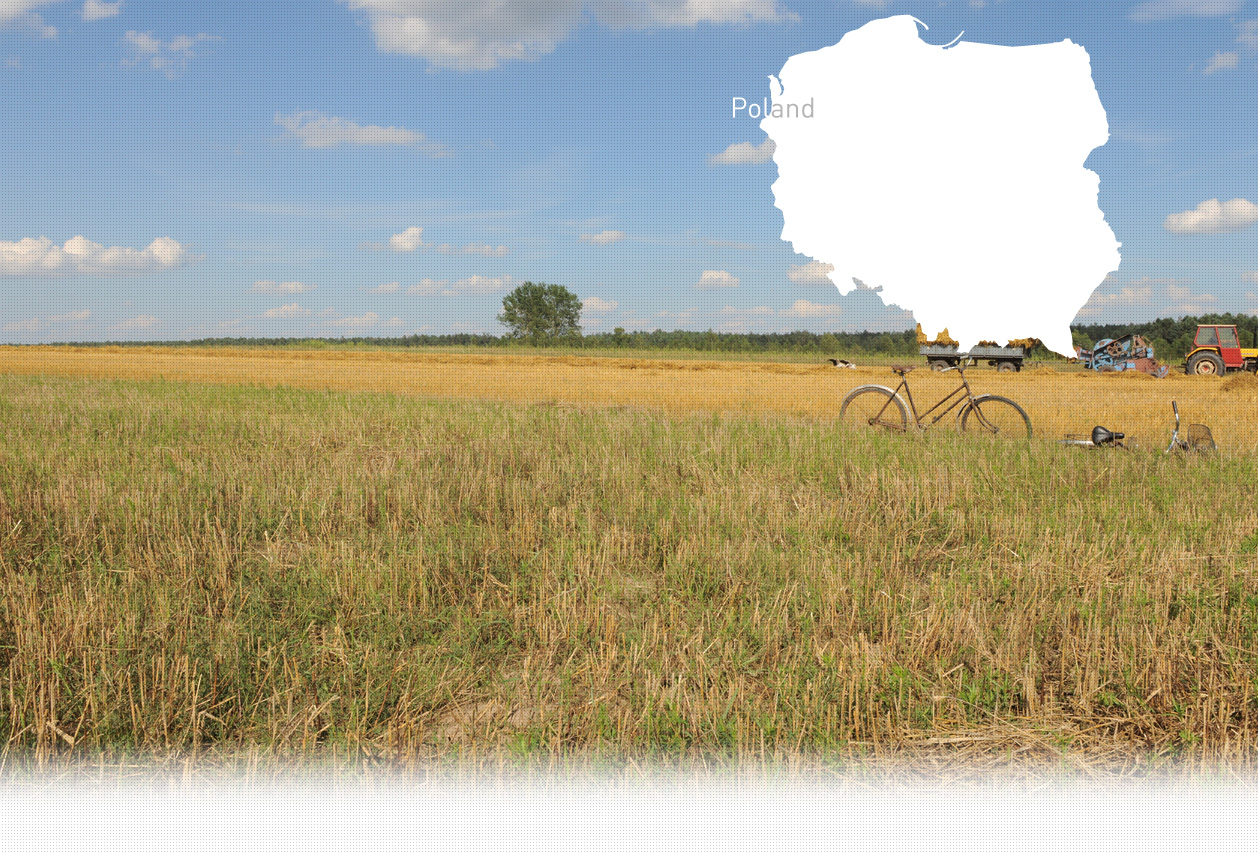

1 Killing site(s)
Kazimierz N., born in 1931: “The ghetto was created in the area where the Jews used to live. Although the ghetto wasn’t closed, the Jews weren’t allowed to leave its territory. It was guarded by Jewish police and Polish Granatowa police. However, the Poles could circulate through its territory. During the deportation, all the Jews were gathered at the market place, and then taken by cart to the railway station in Sedziszow. Those who tried to escape or to hide, or even weak who couldn’t walk were shot on the spot. I saw one Jew being killed. On the day of the deportation, he managed to hide, but after he was found. He was taken by cart to the ravine located close to the river where he was shot dead by a German.” (Witness n°549, interviewed on April 1st, 2016)
1/ Date and place of execution: September and October 1943.
2/Type of execution /shooting, hanging, etc./: Shooting
3/ Data concerning the killed people: Poles, Jews, others: Jews
How many people were killed: 318
4/ What was the reason given to kill these people?: massive execution of Jews [Questionnaire on mass executions and mass graves n°214 : RG-15.019 Reel #2 part 1]
Wodzisław is located 54 km south-west of Kielce. The first records of the Jewish community date back to the late 16th or early 17th centuries. In 1783, almost half of the population was Jewish. The Jewish community increased over the years, so that in 1865, only 23% of the population was Catholic. In 1909, 6,423 people lived in Wlodzislaw including 4,557 Jews. The majority of Jews (about 44%) lived off small scale trade, mainly of cattle, or were artisans (21%). There was a synagogue and a cemetery, two houses of prayer, cheder (Hebrew school),and mikvah (ritual bathhouse). During a two day pogrom organised in 1918, many Jewish shops were looted and one Jew was killed. There were two schools in Wlodzislaw, a Talmud Torah school opened in 1928, and an Orthodox elementary school for girls. The Jewish population consequently decreased after the First World War, but still made up more than 73% of the whole population; this was the case until the Second World War. On the eve of the war, some 2,400 Jews lived in the town. Many Jews from other localities, for instance from Wodizlaw Sedziszowie, Naglowicach moved away during the interwars period or shortly after the occupation.
Wodzisław was occupied by German troops in September 1939. Apart from the creation of the Judenrat, life for Jewish residents didn’t change much. The Jews continued to live in their houses until late spring-early summer 1940. In June 1940, an opened ghetto was created. Even though the ghetto was opened, it was forbidden for Jews to leave its territory under the death penalty. According to the witness’ interview by Yahad, there were posters written in Polish and German announcing the rules. It was guarded by Jewish police at its entry and by German patrols inside the ghetto. By November 1940, the ghetto numbered about 2,500 local Jews, as well as some 1,000 refugees native to Jędrzejów, Cichocinek, and Lodz. The overcrowding and poor living conditions in the ghetto didn’t make life easy. Moreover, the food ratios were cut in March 1941, and until the creation of a soup kitchen in June 1941, the Jewish inmates ate what they could buy or barter, for those who had money. Others starved.
In November 1942, the majority of Jews were deported to the Treblinka extermination camp, while approximately 50 were taken to the local Jewish cemetery and were shot by SS soldiers. Before leaving to the nearest railway station located 11km away, all the Jews had to gather at the market place. To the railway station from where the Jews were supposed to be deported, the Jews went by themselves. Those who had money even paid the locals to transport them.
Another execution took place in October 1942. During this massacre an unknown number of Jews were shot dead in the place called Wierdonkie, located west of Wodzislaw. In late summer or autumn, dozens of Jews, mostly young men and women fit to work, from the Wodzislaw ghetto, were sent to different labor camps. According to the local villagers, there were many isolated shootings of the Jews who stayed in hiding, but were denounced or found. Their bodies were buried at the cemetery by the local requisitioned men. The remaining Jews from the ghetto were shot in September 1943 at the Jewish cemetery. Once all the Jews were taken away the local German administration organised the auction during which all Jewish houses made of brick or wooden planks were sold either to be occupied or to be used as material for heating or constructing new houses.
Do you have additional information regarding a village that you would like to share with Yahad ?
Please contact us at contact@yahadinunum.org
or by calling Yahad – In Unum at +33 (0) 1 53 20 13 17